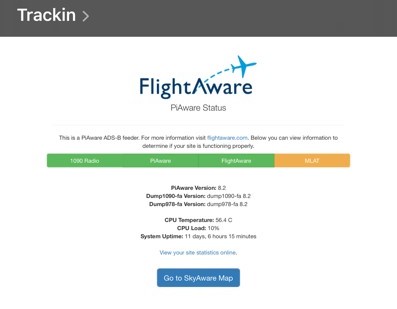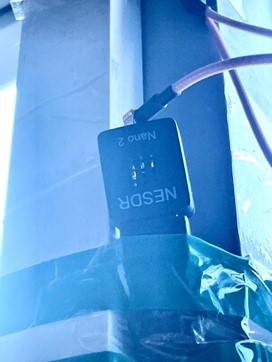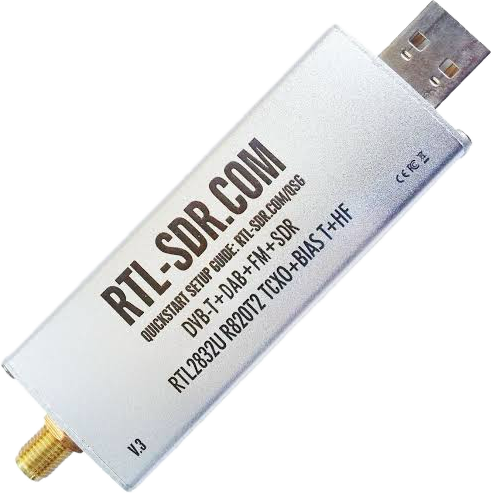
My Flight Tracker

LIVE tracking
Flight Tracking - My ADS-B Setup
My interest with RF (Radio Frequencies) led me to embark on one of my most exciting projects: building an ADS-B system at home to track aircraft flying over my area. I started by connecting an RTL-SDR (a low-cost software-defined radio) to my laptop and running dump1090, an open-source software that decodes ADS-B signals transmitted by aircraft. ADS-B, which stands for Automatic Dependent Surveillance-Broadcast, is a technology used by aircraft to broadcast their position, altitude, speed and other data over the 1090 MHz frequency. Once the software was running, aircraft data started popping up on the user interface; this got me hooked.
At first, I would carry my RTL-SDR and a small antenna outside, manually connecting them to my laptop to receive data. However, the process was cumbersome, so I decided to make the system more permanent. That’s when I turned to my Raspberry Pi, a small yet powerful computer adept for such purposes. I installed a custom operating system designed to work with the RTL-SDR, which allowed me to automate the data collection and display it on a web-based interface. This way, I could monitor aircraft on any device connected to my home network without the need for a laptop every time.
The technical side of this project revolves around decoding 24-bit ADS-B messages that aircraft send out. These messages include critical data like position, altitude, speed and even the aircraft's unique identifier. Once decoded, this data is processed and displayed in real-time on a map. The amount of information that can be gathered from ADS-B transmissions is immense, ranging from basic flight information to detailed telemetry.
After setting up the Raspberry Pi and software, I registered with FlightAware, a global flight tracking service and began feeding them my data. As a result, I was upgraded to a business subscription, giving me full access to their global flight data. In addition to FlightAware, I also contribute data to ADSBExchange and Flightradar24, where I hold similar business-level access. Now, my system tracks flights over my area 24/7 and the data is accessible not just for personal use but also by these global tracking platforms, contributing to a broader aviation data network. This project has deepened my understanding of radio frequencies and aviation technology, while also allowing me to engage with a global community of aviation enthusiasts and professionals.








Online URL: https://flight.xaviers.me/tar1090/
xSpace.Space - Yash Xavier's Digital Space
Explore my Journey
My Personal Pursuits
© 2025. All rights reserved.
Showcase of Endeavour
Projects & Achievements
